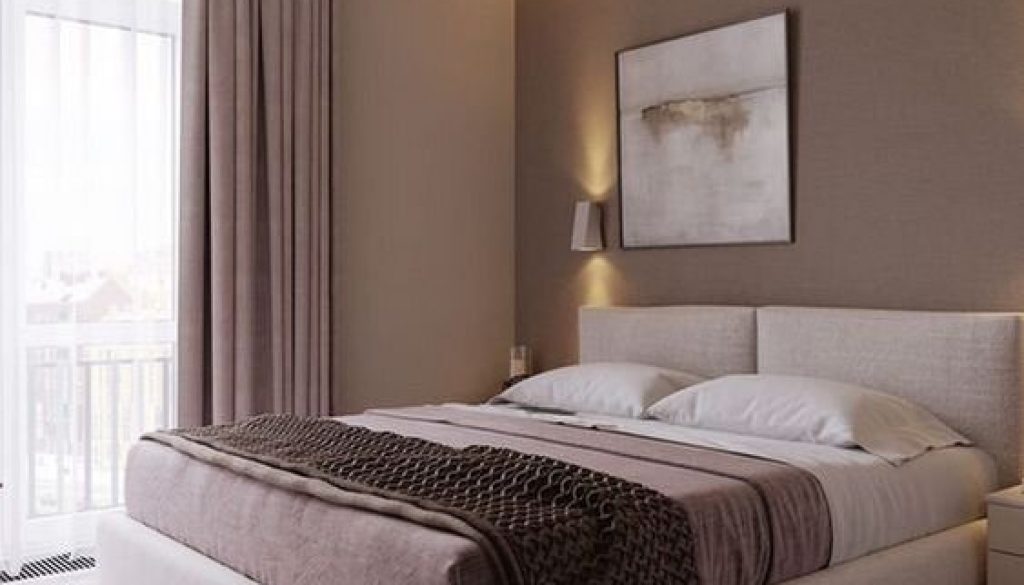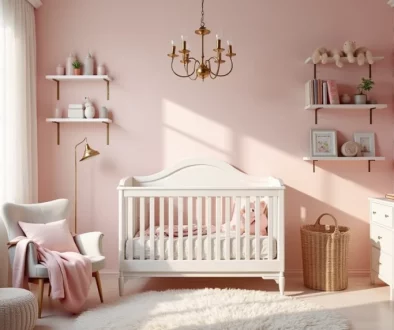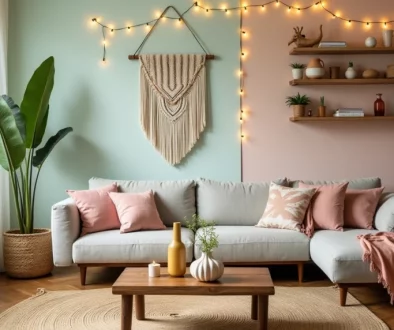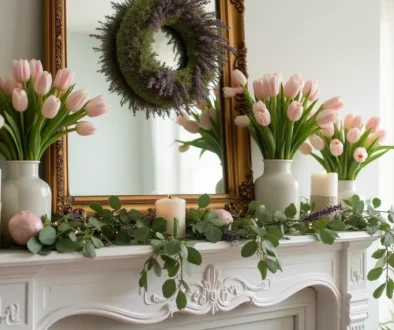Best Practices to Design the Perfect Bedroom
Create Your Dream Bedroom: Style Meets Comfort
Your bedroom is more than just a place to sleep—it’s a sanctuary where you recharge and relax. Designing the perfect bedroom requires careful planning to balance functionality and aesthetics. From choosing the right layout to adding personal touches, these best practices will help you create a space that’s both stylish and inviting.
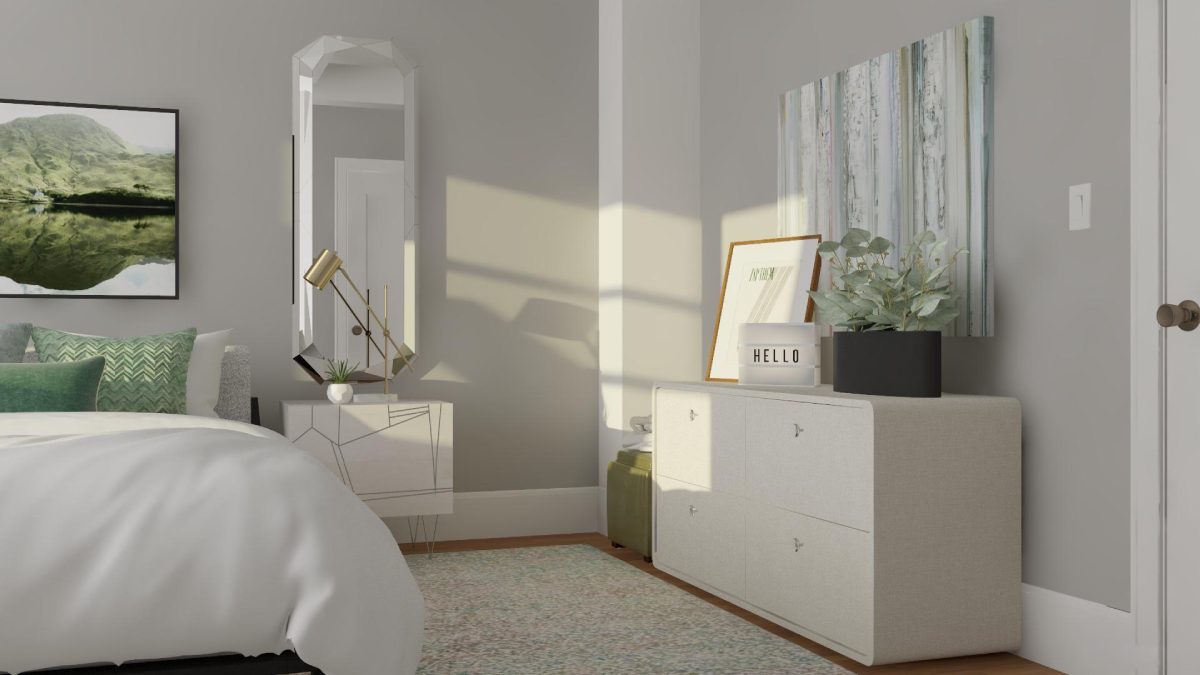
Table of content
Start with the Bed Placement
The bed is the centerpiece of the room. Position your bed against a solid wall, ideally away from windows or direct door alignment. This creates a sense of stability and improves sleep quality. If possible, leave enough space on either side for bedside tables to maintain symmetry.
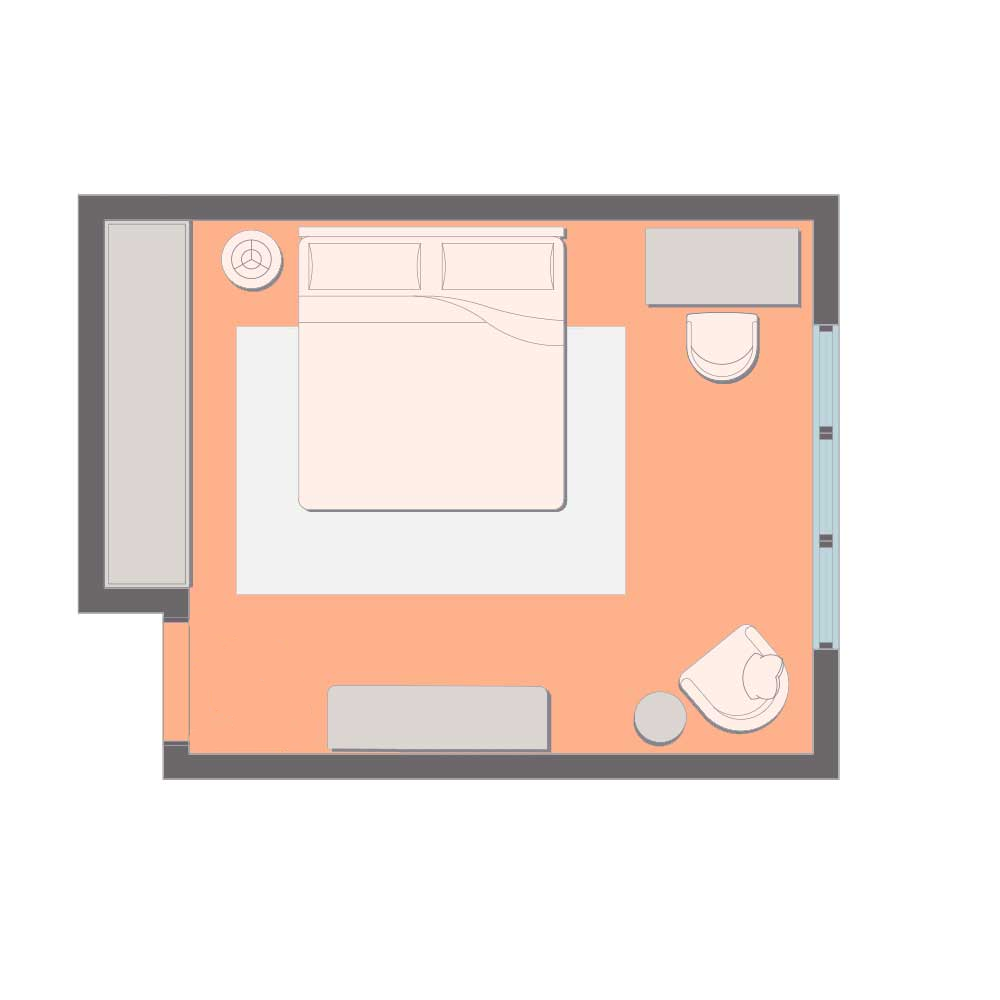
ⓘ Tip
Opt for a headboard to anchor the bed and enhance the room’s design.
Choose a Relaxing Color Palette
Calming colors promote relaxation. Neutral tones like beige, soft gray, and pastel shades are ideal for bedrooms. They create a tranquil atmosphere, making it easier to unwind. Accent colors can be introduced through cushions, throws, or artwork for added personality.
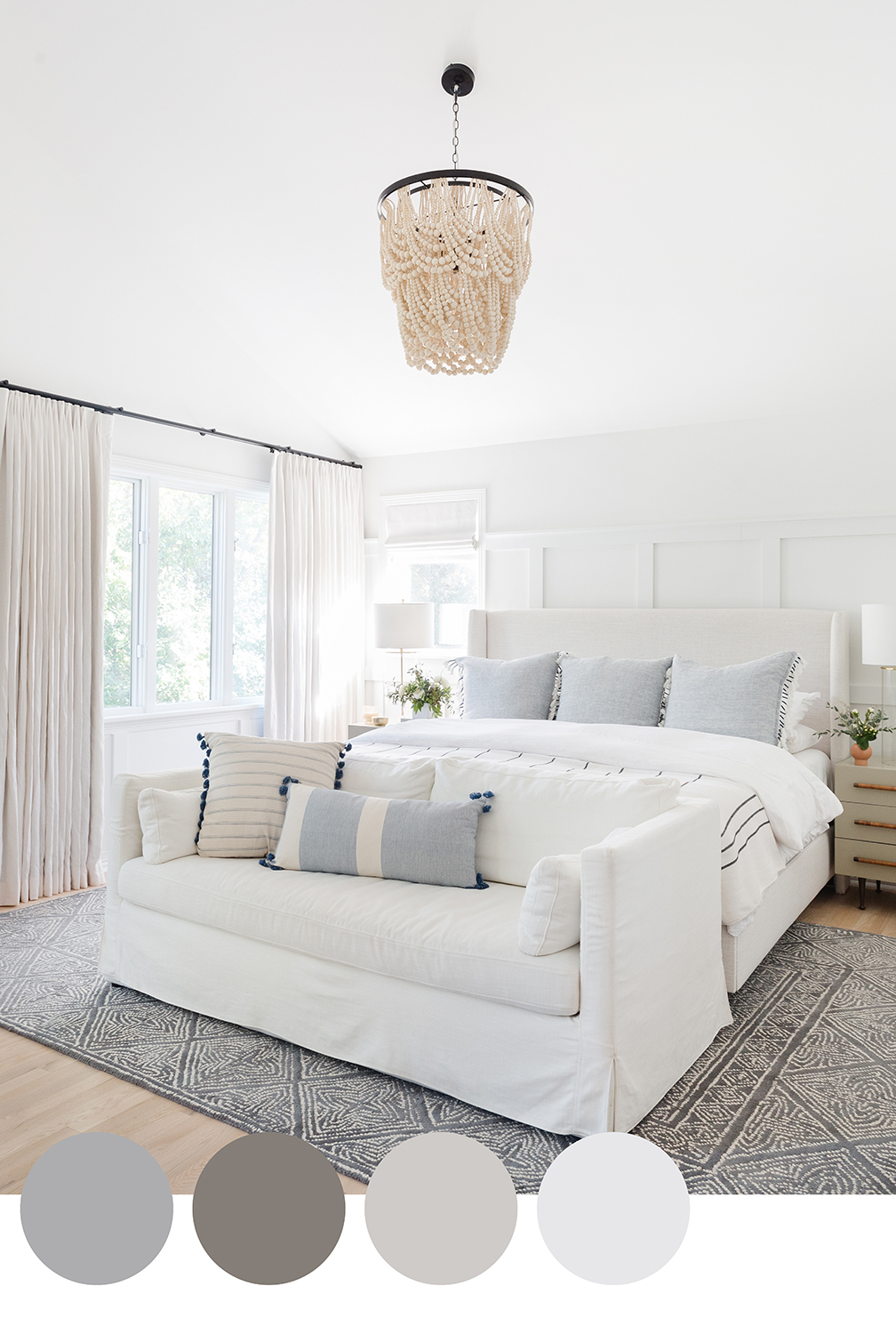
ⓘ Tip
void overly bright or stimulating colors like red or neon hues in large areas.
Optimize Lighting for Ambiance
Layered lighting enhances functionality. Incorporate three types of lighting: ambient (ceiling fixtures), task (reading lamps), and accent (decorative lights). Dimmer switches allow you to adjust the mood effortlessly.
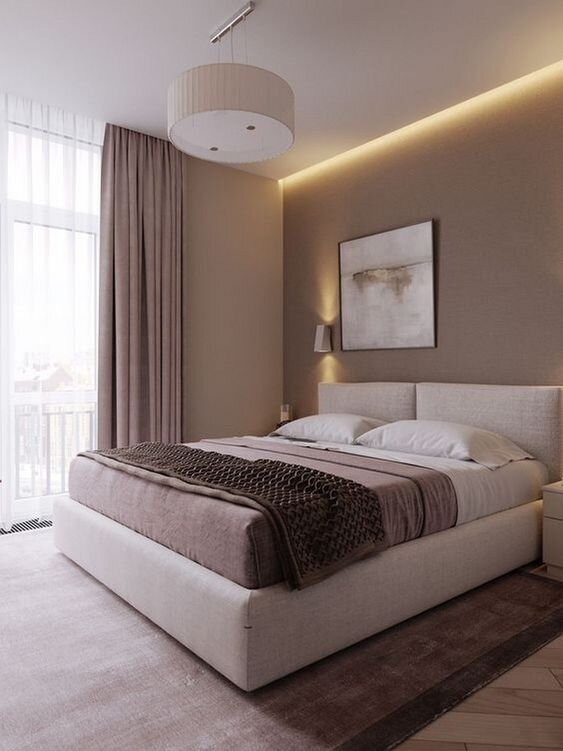
Invest in Quality Bedding
Comfortable bedding is key to better sleep. Choose high-thread-count sheets, plush pillows, and a supportive mattress. Natural fabrics like cotton or linen are breathable and add a touch of luxury.
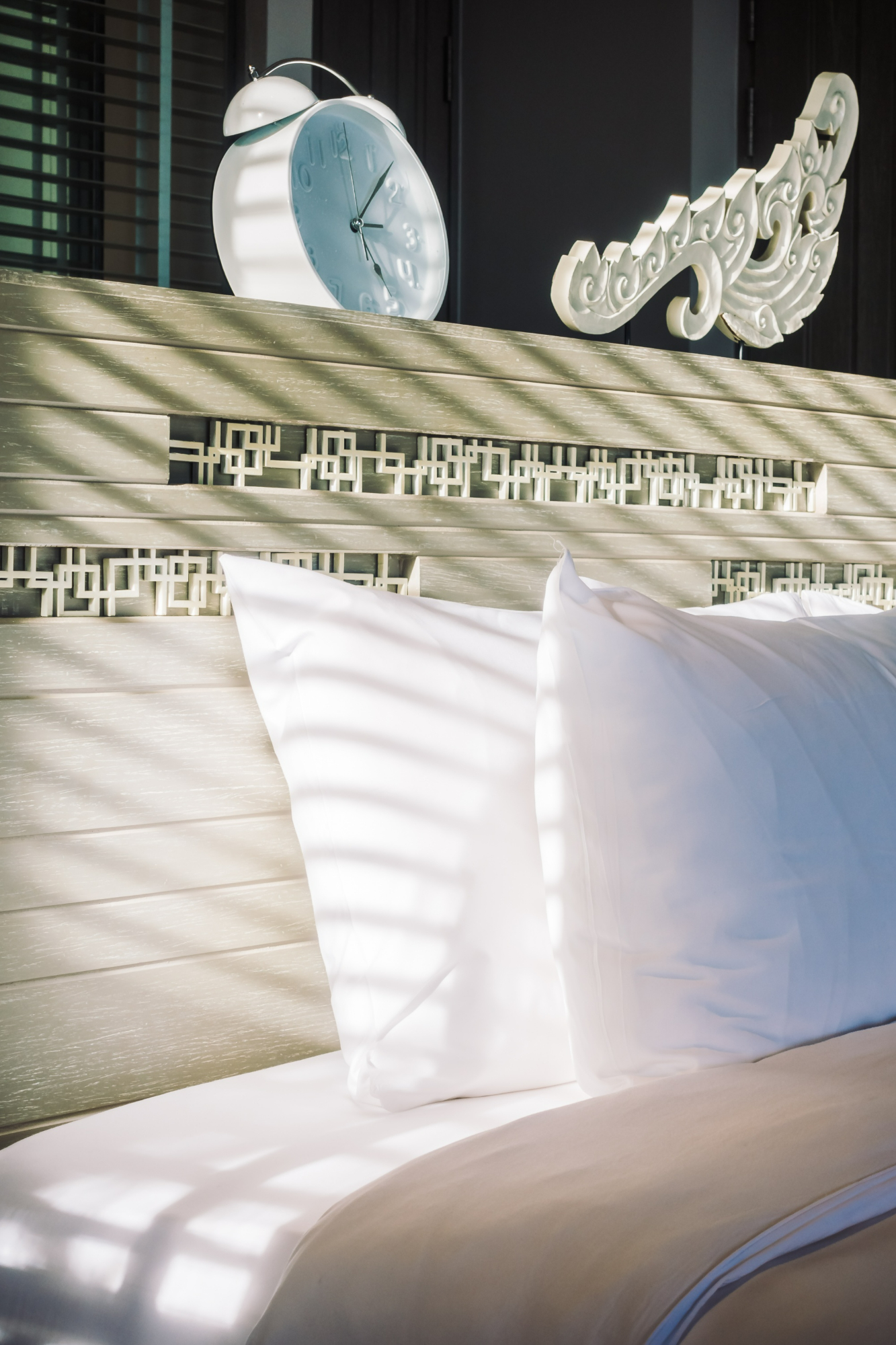
ⓘ Tip
Layer your bed with a mix of textures, such as a quilted comforter and soft blankets, for a luxurious feel.
Maximize Storage Solutions
A clutter-free bedroom promotes relaxation. Utilize under-bed storage, built-in wardrobes, or multi-functional furniture to keep the space organized. Floating shelves or bedside tables with drawers can help save floor space.
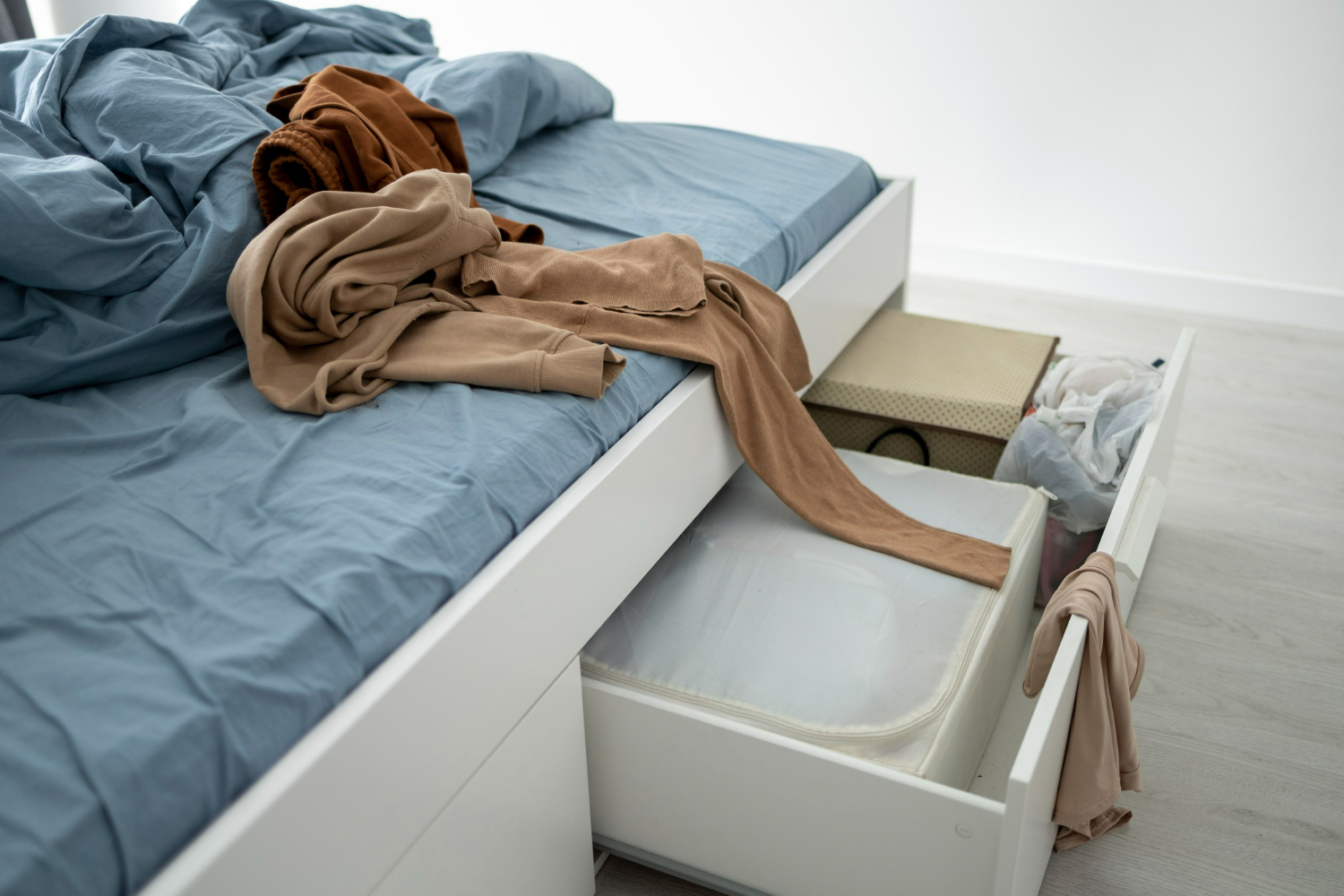
Prioritize Comfort and Functionality
Combine style with practicality. Invest in ergonomic furniture, such as an adjustable chair or a bench at the foot of the bed. Ensure pathways are clear and furniture is proportionate to the room size.
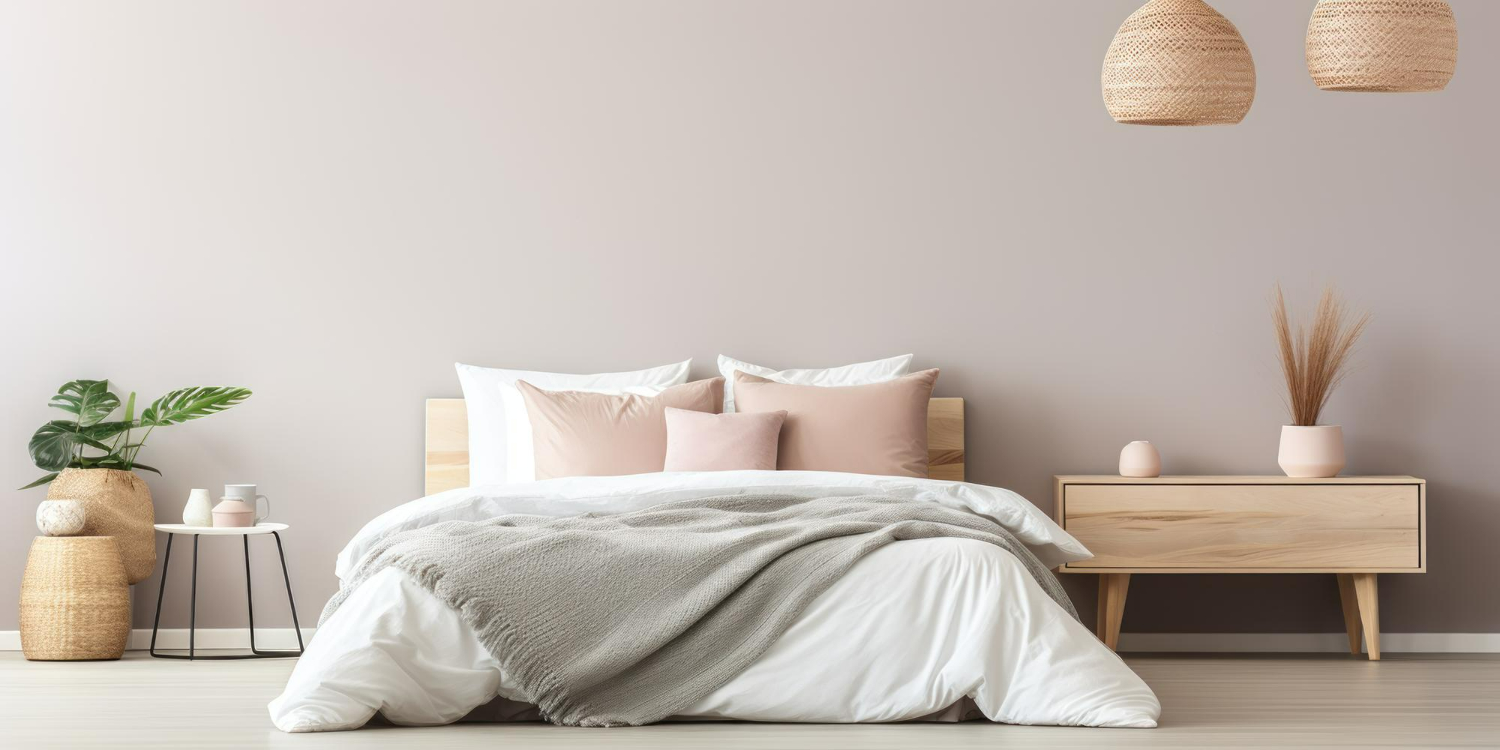
FAQs:
1. What is the most important factor in bedroom design? Comfort and functionality are key. A well-planned layout, quality bedding, and good lighting make all the difference.
2. How can I make a small bedroom look bigger? Use light colors, mirrors, and multi-functional furniture to maximize space. Keep the decor minimal to avoid clutter.
3. How do I choose the right mattress? Consider your sleep position, firmness preference, and any health concerns. Always test the mattress before purchasing.
4. What type of lighting is best for a bedroom? Warm-toned, layered lighting with dimmable options is ideal for creating a relaxing ambiance.
